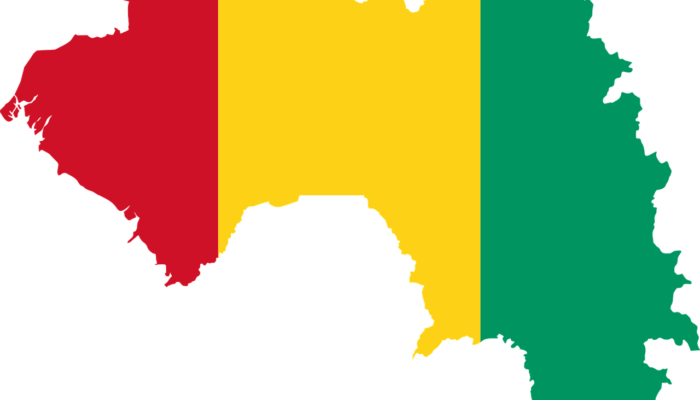Revealing Big Oil hurdle rates

Our analysis on cost of capital tends to focus on small/mid cap E&Ps as these are companies we traditionally model and where the deals are material enough to investors that get good visibility on deal metrics. The analysis indicates that costs of capital (as implied by buyers’ IRRs) are perhaps higher than many would expect – in the range of 15-20%.
These deals are often characterised by a capital-constrained seller and therefore often a buyer’ market. How the deals stack up when deals are made with other large companies or NOCs are probably different and should illustrate the lower end of returns that the buyers are willing to accept.
In this vein, the farm-outs by Pemex to majors should be a good guide to how majors bid in a competitive process for attractive assets with low technical risk. With a farm-out of Maximino in progress, we look back at the last deal executed.
We therefore model the returns expected by the farm-out deal of Trion – won by BHP (BP was the only other bidder and bid almost exactly the same terms as BHP) and find that on our price deck ($70/bbl in 2022), the 2017 IRR is 11.5%. This is significantly lower than most other farm-out deals we have reviewed.
The analysis seems to confirm the lowest returns majors are willing to accept are around 11-12% on our price deck (although these move materially as different oil prices are used).
Thus, our implied cost of capital chart is updated. If we apply long term oil prices used by BHP and BP in their impairment testing (which we believe are high vs analyst consensus expectations), the IRRs are 13.1% and 14.8% – taking them closer towards the trend. Applying the Dec 2016 forward curve gives 8.6%.


